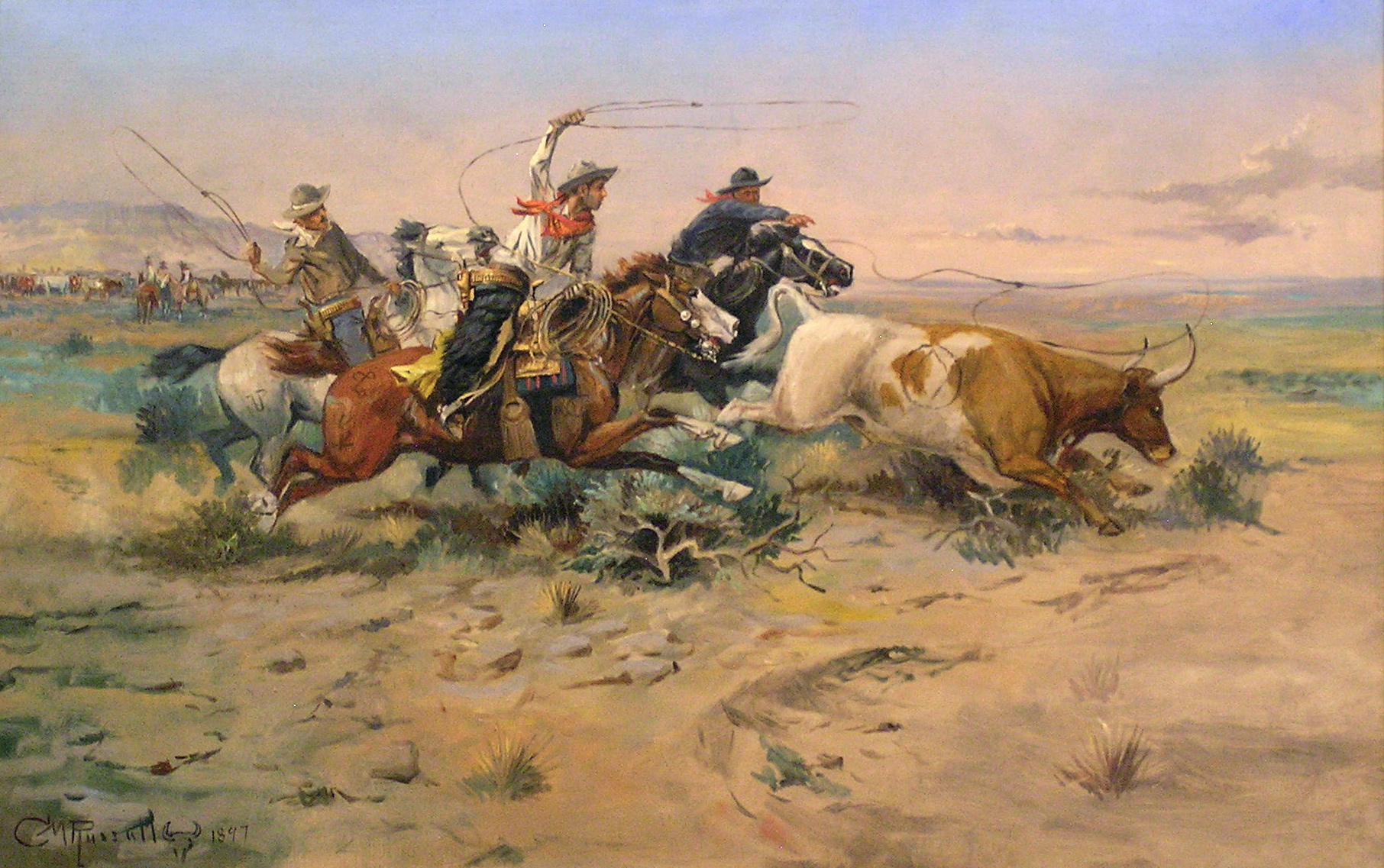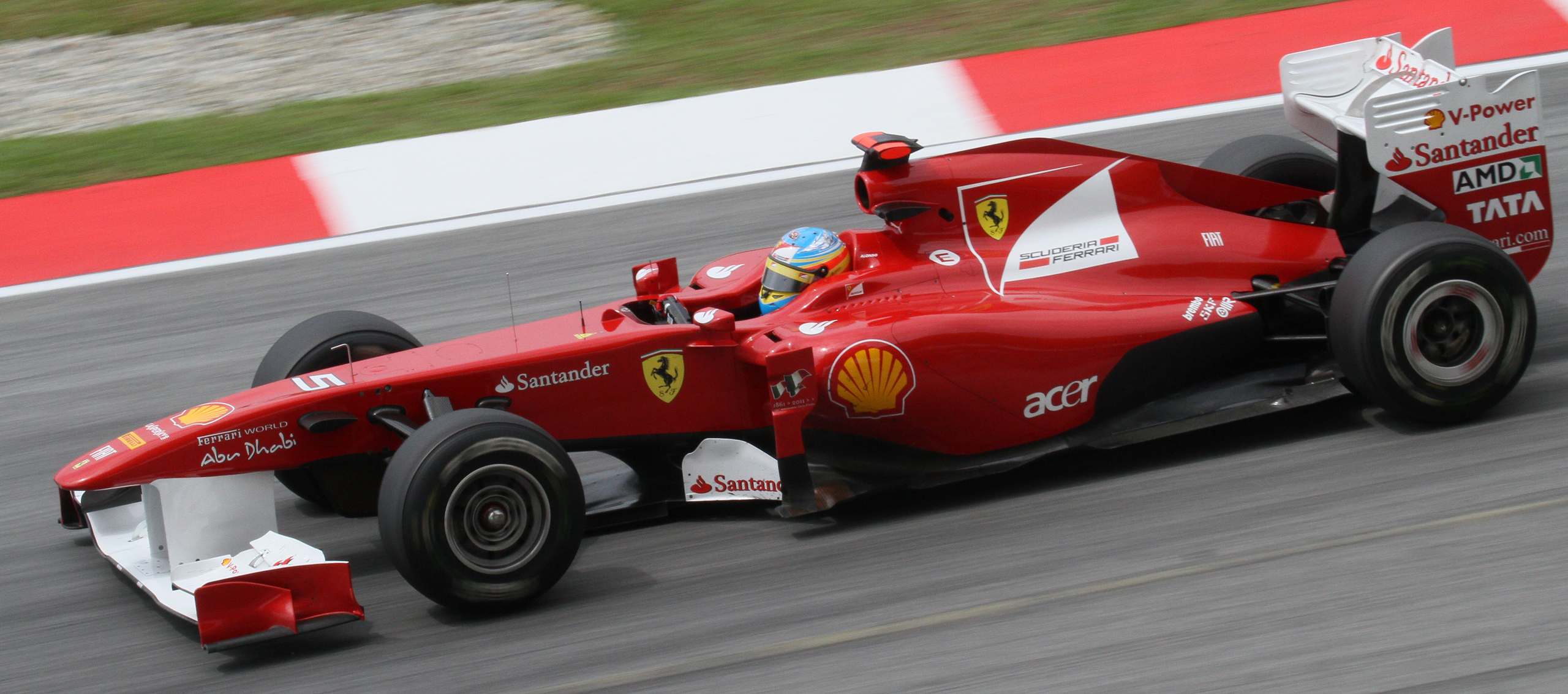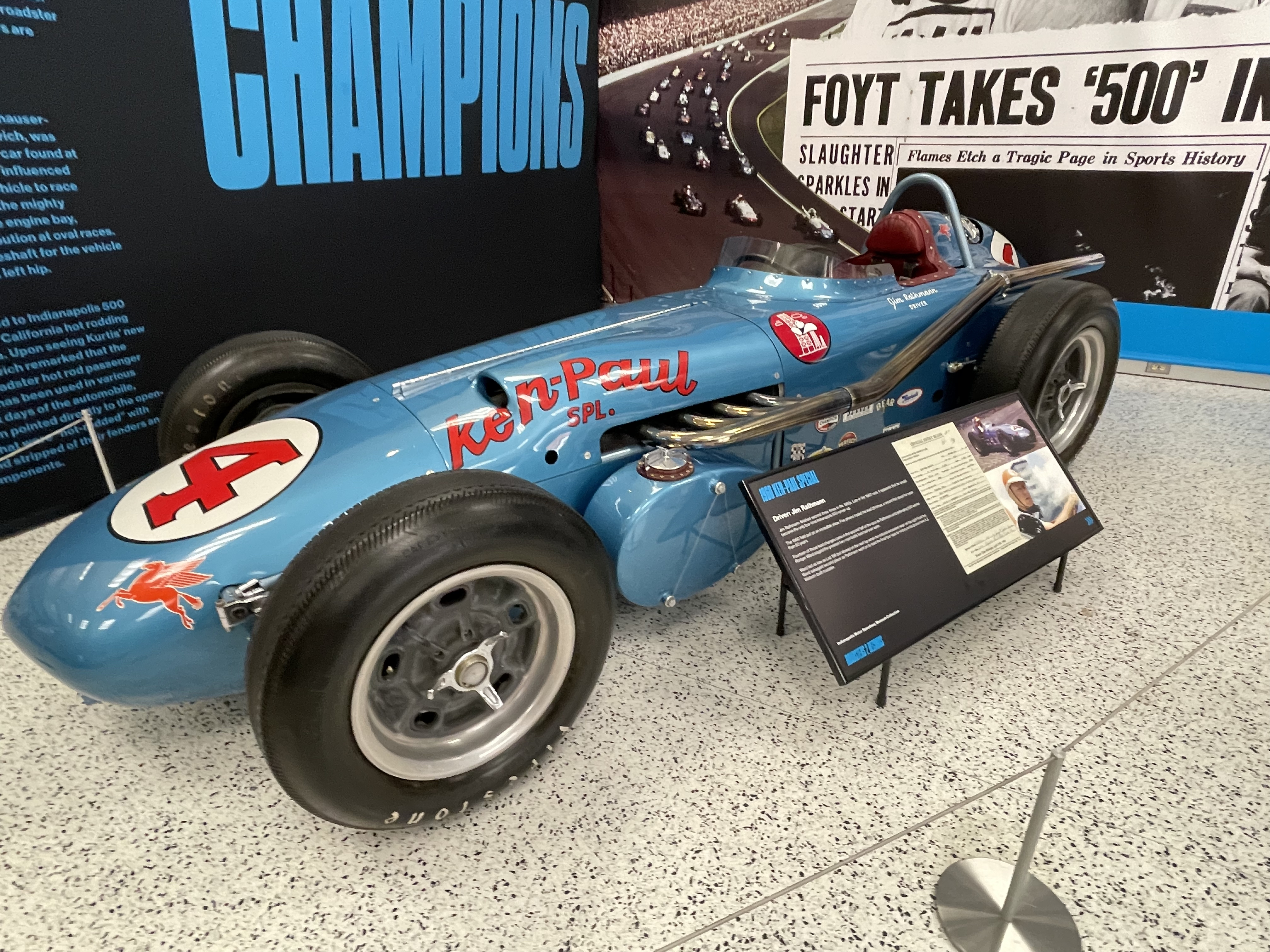|
Tony Bettenhausen
Melvin Eugene "Tony" Bettenhausen (September 12, 1916 – May 12, 1961) was an American racing driver known primarily for his open-wheel career. He twice won the National Championship, doing so in 1951 and 1958. He also competed in stock cars, winning under AAA and USAC sanction. Bettenhausen was nicknamed the "Tinley Park Express" in honor of his hometown. He was nicknamed "Tunney" after heavyweight boxing champion Gene Tunney. "Tunney" later became "Tony." Racing career Midget car career Bettenhausen was part of the midget car "Chicago Gang" with Emil Andres, Cowboy O'Rourke, Paul Russo, Jimmy Snyder, and Wally Zale. These racers toured tracks in the Midwest and East Coast of the United States. Bettenhausen won the track championship at the Milwaukee Mile in 1942, 1946, and 1947. He was the Chicago Raceway Park champion in 1941, 1942, and 1947. In October 1950, he was involved in a race in Sacramento, California, when his car locked wheels with another racer's car, ... [...More Info...] [...Related Items...] OR: [Wikipedia] [Google] [Baidu] |
Tinley Park, Illinois
Tinley Park is a village in Cook County, Illinois, Cook and Will County, Illinois, Will counties in the U.S. state of Illinois. The population was 55,971 at the 2020 United States census, 2020 census. It is a suburb in the Chicago metropolitan area. History 19th century Modern settlement of the area now known as Tinley Park began in the 1820s as emigrants from Europe and the eastern United States arrived. By the 1840s, a significant population of German Americans had established themselves in the region. In recognition of their prominence, the village was officially named Bremen when it was founded in 1853. Other early settler groups included Irish Americans, Irish, English Americans, English, Scottish Americans, Scottish, Canadian Americans, Canadian immigrants. In the late 19th century, the Rail transportation in the United States, expansion of the American railroad network had a transformative effect on the area. Bremen was situated along the Chicago, Rock Island and Pacific ... [...More Info...] [...Related Items...] OR: [Wikipedia] [Google] [Baidu] |
Kurtis Kraft
Kurtis Kraft was an American designer and builder of race cars. The company built midget cars, quartermidgets, sports cars, sprint cars, Bonneville cars, and USAC Championship cars. It was founded by Frank Kurtis when he built his own midget car chassis in the late 1930s.Biography at the Kurtis built some very low fiberglass bodied two-seaters sports cars under his own name in between 1949 and 1955. [...More Info...] [...Related Items...] OR: [Wikipedia] [Google] [Baidu] |
Paul Russo
Paul Frank Russo (April 10, 1914 – February 13, 1976) was an American racing driver. Racing career Midget car career Russo started racing midget cars in 1934. He went with a contingent of midget-car drivers to Hawaii in the winter of 1934–35.Biography at the He was the 1938 AAA Eastern Midget Champion. Russo won the first race held at the |
Cowboy O'Rourke
A cowboy is an animal herder who tends cattle on ranches in North America, traditionally on horseback, and often performs a multitude of other ranch-related tasks. The historic American cowboy of the late 19th century arose from the ''vaquero'' traditions of northern Mexico and became a figure of special significance and legend.Malone, J., p. 1. A subtype, called a Wrangler (profession), wrangler, specifically tends the horses used to work cattle. In addition to ranch work, some cowboys work for or participate in rodeos. Cowgirls, first defined as such in the late 19th century, had a less-well documented historical role, but in the modern world work at identical tasks and have obtained considerable respect for their achievements. Cattle handlers in many other parts of the world, particularly South America and Australia, perform work similar to the cowboy. The cowboy has deep historic roots tracing back to Spain and the earliest European Settlement of the Americas, settlers of th ... [...More Info...] [...Related Items...] OR: [Wikipedia] [Google] [Baidu] |
Emil Andres
Emil William Andres (February 22, 1911 – July 20, 1999) was an American racing driver active during the 1930s and 1940s. Racing career Andres was part of the midget car racing "Chicago Gang," along with Tony Bettenhausen, Cowboy O'Rourke, Paul Russo, Jimmy Snyder, and Wally Zale.Biography for at the These racers toured tracks in the Midwest and East Coast of the United States. World Drivers' Championship career The |
Gene Tunney
James Joseph Tunney (May 25, 1897 – November 7, 1978) was an American professional boxer who competed from 1915 to 1928. He held the world heavyweight title from 1926 to 1928, and the American light heavyweight title twice between 1922 and 1923. A highly technical boxer, Tunney had a five-fight light heavyweight rivalry with Harry Greb in which he won three, lost once, and drew once, though many ringside reporters believed Greb should have won the decision in their second meeting. Tunney also knocked out Georges Carpentier and defeated Jack Dempsey twice; first in 1926 and again in 1927. Tunney's successful title defense against Dempsey remains one of the most famous bouts in boxing history and is known as The Long Count Fight. He retired undefeated as a heavyweight after his victory over Tom Heeney in 1928, after which Tunney was named the inaugural Fighter of the Year by ''The Ring'' magazine. Early life James Joseph Tunney was born on May 25, 1897, in New York City to ... [...More Info...] [...Related Items...] OR: [Wikipedia] [Google] [Baidu] |
AAA And USAC Stock Car
The USAC Stock Car division was the stock car racing class sanctioned by the United States Auto Club (USAC). The division raced nationally; drivers from USAC's open wheel classes like Indy cars, Silver Crown, sprints, and midgets frequently competed in races and won championships. Several NASCAR drivers raced in USAC Stock Cars at various points in their careers. In the late 1950s, USAC Stock Cars rivaled NASCAR stock cars with races throughout the Midwestern and Northeastern United States. NASCAR owners Holman-Moody found racing in USAC Stock Cars to be appealing because of USAC's ties to the Indianapolis 500. History The stock car class began as a division of the AAA Contest Board. AAA decided to stop sanctioning all racing classes after Bill Vukovich's death at the 1955 Indianapolis 500 was followed closely by the 1955 Le Mans disaster. USAC took over sanction in all of their classes starting in 1956. From 1963 through 1970, and again in 1972, USAC held one of its most pre ... [...More Info...] [...Related Items...] OR: [Wikipedia] [Google] [Baidu] |
Stock Car Racing
Stock car racing is a form of Auto racing, automobile racing run on oval track racing, oval tracks and road courses. It originally used Production vehicle, production-model cars, hence the name "stock car", but is now run using cars specifically built for racing. It originated in the Culture of the Southern United States, southern United States and later spread to Japan; its largest governing body is NASCAR. Its NASCAR Cup Series is the premier top-level series of professional stock car racing. Canada, Mexico, Brazil, Argentina and Chile also have forms of stock car racing in the Americas. Other countries, such as Australia, New Zealand and the United Kingdom, have forms of stock car racing worldwide as well. Top-level races typically range between in length. Top-level stock cars exceed at speedway tracks and on superspeedway tracks such as Daytona International Speedway and Talladega Superspeedway. Contemporary NASCAR-spec top-level cars produce maximum power outputs of 860� ... [...More Info...] [...Related Items...] OR: [Wikipedia] [Google] [Baidu] |
American Championship Car Racing
American open-wheel car racing, generally and commonly known as Indy car racing, is a category of professional automobile racing in the United States. As of 2025 IndyCar Series, 2025, the top-level American open-wheel racing championship is sanctioned by IndyCar and is known as the IndyCar Series. Competitive events for professional-level, open-wheel car, open-wheel race cars have been conducted under the auspices of various sanctioning bodies, and traces it roots as far back as 1902. A season-long, points-based, ''National Championship'' of drivers has been officially recognized in 1905, 1916, and each year since 1920 (except for a hiatus during World War II, WWII). As such, for many years, this discipline of motorsports was known as Championship car racing (or Champ car racing for short). That name has fallen from use, and the term ''Indy car'' racing (derived from the Indianapolis 500, Indy 500) has become the preferred moniker. The machines, typically referred to as "Indy c ... [...More Info...] [...Related Items...] OR: [Wikipedia] [Google] [Baidu] |
Racing Driver
Auto racing (also known as car racing, motor racing, or automobile racing) is a motorsport involving the racing of automobiles for competition. In North America, the term is commonly used to describe all forms of automobile sport including non-racing disciplines. Auto racing has existed since the invention of the automobile. Races of various types were organized, with the first recorded as early as 1867. Many of the earliest events were effectively reliability trials, aimed at proving these new machines were a practical mode of transport, but soon became an important way for automobile makers to demonstrate their machines. By the 1930s, specialist racing cars had developed. There are now numerous different categories, each with different rules and regulations. History The first prearranged match race of two self-powered road vehicles over a prescribed route occurred at 4:30 A.M. on August 30, 1867, between Ashton-under-Lyne and Old Trafford, England, a distance of . It ... [...More Info...] [...Related Items...] OR: [Wikipedia] [Google] [Baidu] |
1960 Indianapolis 500
The 44th International 500-Mile Sweepstakes was held at the Indianapolis Motor Speedway in Speedway, Indiana on Monday, May 30, 1960. The event was race 2 of 12 of the 1960 USAC National Championship Trail and was also race 3 of 10 in the 1960 World Championship of Drivers. It would be the final time World Championship points would be awarded at the Indy 500. Often regarded as the greatest two-man duel in Indianapolis 500 history, the 1960 race saw a then-record 29 lead changes (a record that stood until 2012). Jim Rathmann and Rodger Ward battled out nearly the entire second half. Rathmann took the lead for good on lap 197 after Ward was forced to slow down with a worn out tire.'' The Talk of Gasoline Alley'' – 1070-AM WIBC, May 21, 2007 Rathmann's margin of victory of 12.75 seconds was the second-closest finish in Indy history at the time. The inaugural 500 Festival Open Invitation was held at the Speedway Golf Course in the four days leading up to the race. Time tri ... [...More Info...] [...Related Items...] OR: [Wikipedia] [Google] [Baidu] |
1950 Indianapolis 500
The 34th International 500-Mile Sweepstakes was held at the Indianapolis Motor Speedway on Tuesday, May 30, 1950. The event was sanctioned by the AAA and served as the premier event on the calendar of the 1950 AAA National Championship Trail. For the first time, the race was included as a points-paying event towards the FIA-sanctioned World Drivers' Championship. The race was originally scheduled for 200 laps (500 miles), but was stopped after 138 laps (345 miles) due to rain. A rumor circulated in racing circles during and after this race that Johnnie Parsons's team discovered an irreparable crack in the engine block on race morning. The discovery supposedly precipitated Parsons to charge for the lap leader prizes. Presumably, he set his sights on leading as many laps as possible before the engine inevitably was to fail. Furthermore, the race ending early due to rain supposedly saved Parsons's day allowing him to secure the victory before the engine let go. However, the engin ... [...More Info...] [...Related Items...] OR: [Wikipedia] [Google] [Baidu] |







